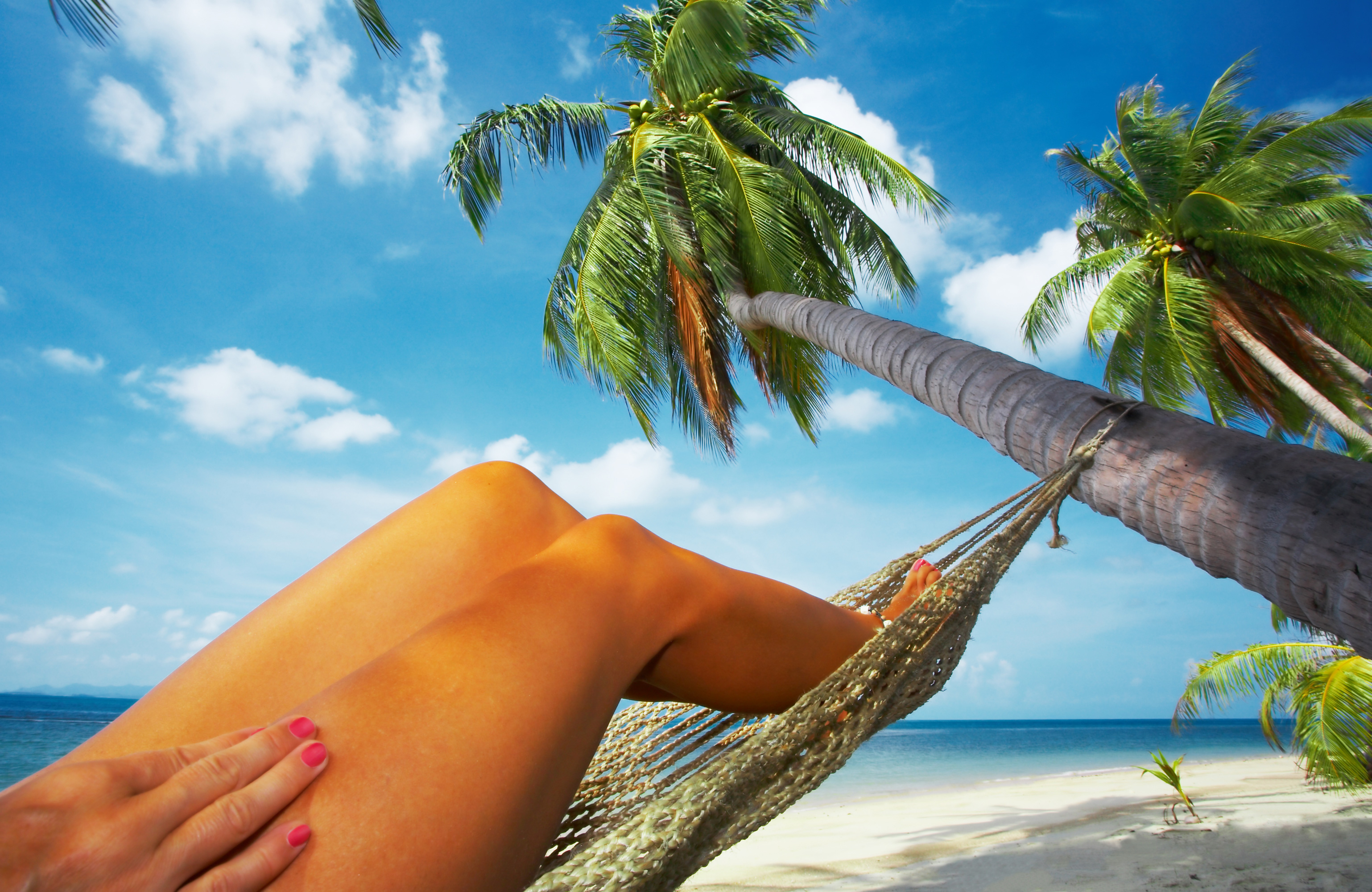When to visit Jamaica
In Jamaica (or Jamaica) the climate is tropical, with few temperature differences during the year (just 3/4 degrees). In fact in Jamaica it is hot all year round and in fact winter does not exist, so much so that even in January the temperatures resemble those of summer in Italy: the maximum is around 27/30 degrees, the minimum around 20/23 ° C. The southern coast, where Kingston is located, is slightly warmer in the winter months, so that the maximum temperature is around 30 ° C, even in January.
The main difference between the seasons is rainfall and humidity: the rainy season, from May to October, is rather hot and muggy. The rains occur mainly in the form of a thunderstorm, in the late afternoon. In almost all of Jamaica, except on the west coast (see Negril), in July there is a relative pause in precipitation, and in any case there are two maximums, in May and October, that is, at the beginning and at the end of the rainy season.
The rains are also linked to the north-east trade winds, typical winds of the tropical climate regions, which blow from November to March. Along the northern coasts of Jamaica, rainfall ranges between 1,200 and 1,800 millimeters per year. The southern plains and coasts are less rainy than the northern slopes, because they are sheltered from the north-east trade winds from the Blue Mountains and from the lower elevations of the central and western part of the country, which receive a lot of rain and are covered by forests (especially the Blue Mountains in the east and the southern part of the Parish of Trelawny in the west). The capital, Kingston, does not therefore have a very rainy climate; also the Pedro Plains in the west are not very rainy (around 800 mm per year).
Rainfall on the northern coast is very different, that is in the area of Portland, exposed to the north-east trade winds, therefore always rather windy. It can also be seen from the precipitation of Ocho Rios. Here there is even a maximum of rainfall in the first months in which the north-east trade winds blow, ie in November and December, when the sea retains the heat of summer.
From December to March the island is sometimes hit by norte, a fresh wind from the United States which, however, now at this latitude does not lower the temperature much, so at most it can bring a little coolness in the evening and night hours.
The sea is warm all year round for swimming: it goes from 27 degrees from January to April, at 29 ° C from July to November.
The hurricanes
In the period from July to September Jamaica can be affected by hurricanes, tropical cyclones of the Atlantic ocean, which are however more likely between July and September. Some hurricanes that hit Jamaica in full, producing considerable damage, were: the “Jamaica hurricane” in August 1903, Charlie in August 1951, Ivan in September 2004, and Dennis in July 2005.
When to go
The best time to visit Jamaica as a whole, whether you want to visit the city and make excursions, or whether you intend to live as a beach, runs from January to April. In fact it is the period in which the rains are scarce, and the air is less hot. The least rainy months of all are February and March, while December is still very rainy in the easternmost area and on the northern slopes of the Blue Mountains (otherwise, for the south, December would also be fine), but it is hardly touched by bad weather in the area from Negril and the south coast as the area is much more sheltered.
What to bring in the suitcase
From November to April: light clothes, a sweatshirt for the evening; for the mountain, jacket and trekking shoes. Sun hat, sun cream.
From May to October: very light clothes, a light sweatshirt and a light raincoat for thunderstorms; a sweatshirt or sweater for the mountain. Sun hat, sun cream.



